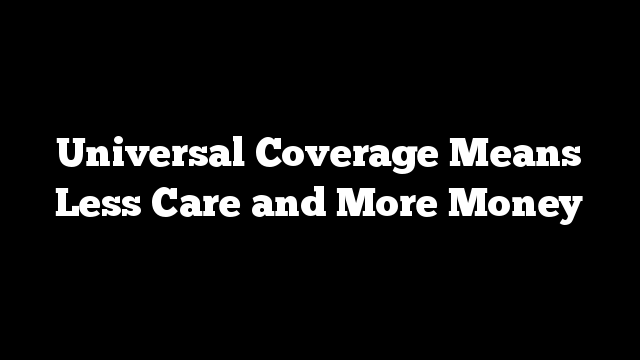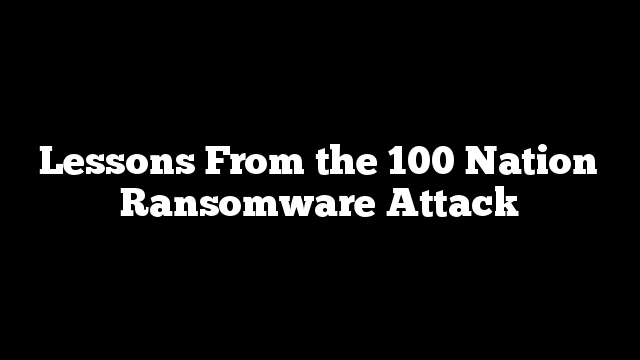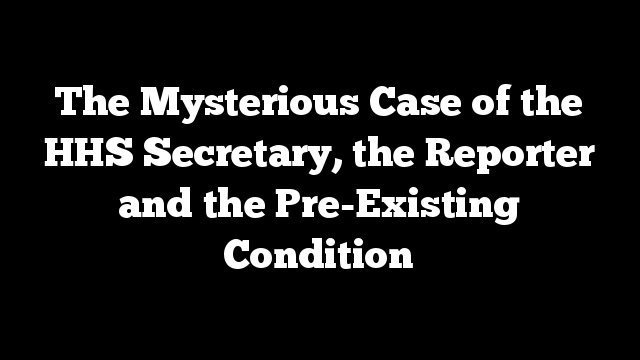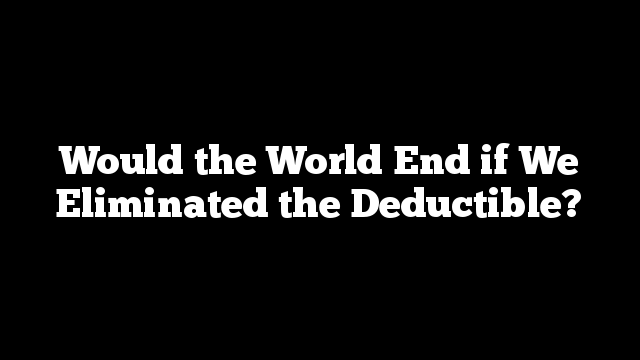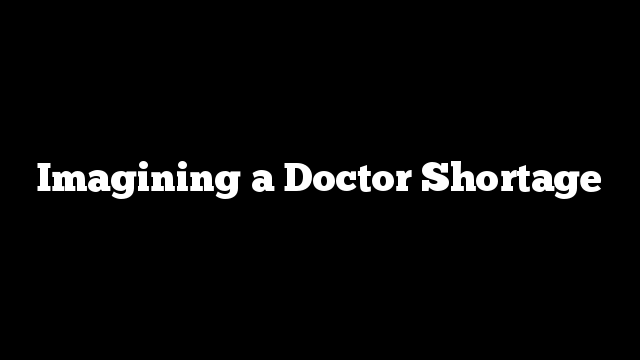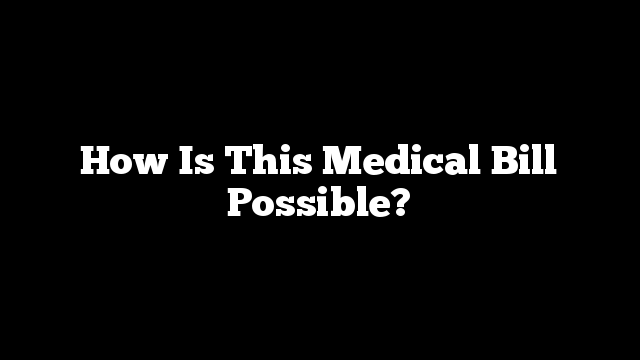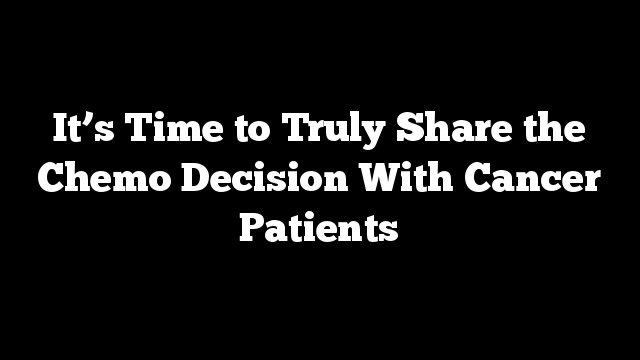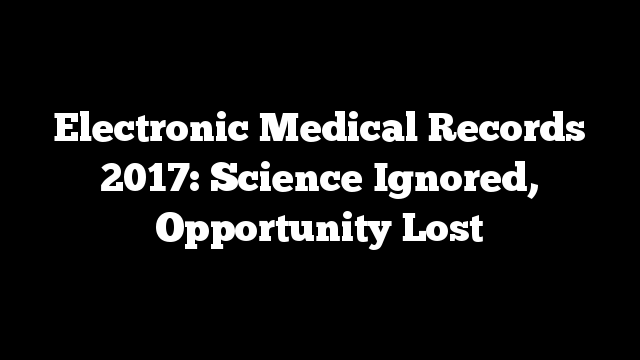By KENNETH BARTHOLOMEW, MD
My big brother Bill, may he rest in peace, taught me a valuable lesson four decades ago. We were gearing up for an extended Alaskan wilderness trip and were having trouble with a piece of equipment. When we finally rigged up a solution, I said “that was harder than it should have been” and he quipped in his wry monotone delivery, “There are no hard jobs, only the wrong tools.”
That lesson has stuck in my mind all these years because, as simple as it seems, it carries a large truth. It rings of Archimedes when he was speaking about the simple tool known as the lever: “Give me but one firm spot on which to stand, and I will move the earth.”
Enter the Electronic Medical or Health Record (EMR or EHR) as it exists in most forms today. As information tools for clinicians, most EMRs have been purchased by administrators who know nothing of patient care or workflow, and most of these EMRs have been reverse engineered from billing and collection systems, because the dollar drives all.
Truly value-driven care is blocked by these misguided tools. Multiple studies have demonstrated that using the EMR adds hours to our workday without corresponding benefit. This only pushes costs up and quality down. In fact, story after story tells of doctors retiring early or changing professional direction to escape the frustrating click, click, click all day long. Compounding this is the federal government mandating meaningless use criteria that say we will not get paid unless we use these programs and meet certain click-box ratios. You do not need “Validated Studies” to understand this. You just need to talk to doctors around the country. I challenge you to talk to ten practitioners at random who are involved in day-to-day emergency medicine or primary care medicine, the guys and gals on the busy front line, and find two of them who are enamored with their EMR tools.
On any given day in my primary care practice I can show you an eight to twelve page fax from the hospital that spews pages of prattle and lab data, informs me that the patient is not Hispanic and has no religious preference, yet I cannot find the diagnosis or the plan. As if that is not bad enough, these documents meet the requirement for Meaningful Use since they hit enough click-boxes. So, what has happened, and how are we going to fix it?
Since these systems were designed around billing and collections, they were never designed to help the work flow of diagnosis and management. They are, in fact, little more than dysfunctional databases that record what the doctor typed or dictated after the fact without organizing these fragments in a clinically useful manner. And sometimes not even the recording function gets done. Two documents I received last week had twelve and ten pages of printout, yet the last page, labeled “Doctor’s Summary”, was blank. Another one from three weeks ago, labeled ‘Preoperative Note’, had a single sentence “The risks and benefits of surgery were thoroughly discussed with the patient.” That was an H&P? Yet another point-and-click generated History and Physical proclaimed that a 12-point Review of Systems was performed and found to be negative (qualifying the visit for up-coding) and that the male patient had no vaginal irritation, stress urinary incontinence, or post-menopausal bleeding. And yesterday I received an operative report dictated March 24, 2017 on an operation done in December. (Honestly, I am not making this up!) Given that these tools record whatever the provider chooses to record, they can only be as accurate or inaccurate, as methodical or sloppy, as timely or late, as the mind that generated them. In short, they are not scientific tools aimed at improving diagnosis and management.
Consider a trio of astronauts climbing into the cockpit of a craft sitting on a million pounds of fuel about to blast them into the cosmos. Can you imagine them being asked to guide the craft into space, around the moon, and back to a precise landing spot, and told they had an accounting spreadsheet that was reverse engineered to run their console and their guidance system? How preposterous does that sound? But the difference is that doctors do not get into the cockpit with the patient. Those astronauts have a vested interest in their system working well. Doctors just put in their shift and grumble all the way home about how ridiculous the system has become.
I am an instrument-rated pilot with approximately 2,000 hours of flight time. I’m still alive to talk about it for one simple reason. Pilots have very precise and rigorous training requirements that we must complete every six months, or else we cannot fly in instrument conditions, which essentially means rain, fog and clouds. And we have a vested interest in that training.
It allows us to bring our craft into the airport environment on a precise heading and angle of descent that sets us up for landing when we break out of the mist and see the runway perfectly lined up with our flight path. In contrast, doctors can get a degree and never pick up a book again for years, but can legally go on treating patients based on memorized remnants from 1977. Most doctors try to do better, but must manage without proper tools or guidance systems. They tolerate this situation because they don’t have to get into the cockpit with the patient. And when that plane crashes, they still get paid and go home to their families.
So, what are we to do? To move ahead, I submit that we need to go back and start over.
The Problem Oriented Medical Record
Beginning in the late 1950s, Dr. Larry Weed saw the futility of traditional medical record tools and set out to address it. He began by conceiving a standard of care for organizing medical record data in a clinically rational manner. Known as the Problem-Oriented Medical Record (POMR), this standard established problem lists and SOAP notes, among other elements. But in the late 1970s and early 1980s, he concluded that the POMR, computerized or not, was an incomplete tool. The POMR organized clinician inputs but left the content of those inputs to the physician’s unaided mind. So he devised a system that mandated precise inputs of basic, inexpensive, raw patient data, and coupled those data with corresponding medical knowledge, before the doctor’s mental machinery was allowed to act.
Number Needed to Kill = One
We know from decades of research that humans start developing hypotheses almost immediately when inputs start. Unfortunately, the wrong hypothesis can and will make us branch off into the wrong algorithm much too quickly. (Chest pain radiating down the left arm and up into the neck associated with an abnormal ECG must be coronary occlusion, therefore act quickly and give blood thinners. Number Needed To Treat = 43. Except that you forgot to consider his dissecting aortic aneurysm. Number Needed To Kill = One.)
The Problem Knowledge Coupler
Dr. Weed’s answer was the “Problem Knowledge Coupler,” a new tool that could use computational power to cross-match signs, symptoms, physical exam findings and inexpensive lab data with the current knowledge in the medical literature about a given problem. It is critically important here to understand that patients do not present with diagnoses, they present with problems. Nor do they present with simple conditions with a single treatment option. They present with complex permutations of undiagnosed symptoms requiring individual analysis.
Point and Click Diagnosis
Many of the current click-point programs set up a progress note labeled by a diagnosis when the patient presents. An example is the “Upper Respiratory Infection” note that the nurse will start when she rooms the patient with a cough. Questions about an upper respiratory infection will be asked, heart and lungs and ENT exam findings clicked in, and then the provider will diagnose either a viral or a bacterial URI and maybe prescribe an antibiotic. However, the early lung tumor will not be diagnosed because the ‘diagnosis’ of URI was actually used as the presenting finding instead of the ‘problem’ the patient actually presented with, which was cough.
This is a matter of scientific integrity. I was trained as a chemist. Imagine that I had “data” consisting of hypothesized results rather than observed findings, and tried to publish a paper based on my supposed results. I would not get far, but something like this happens in medicine routinely whenever a physician confuses a diagnostic hypothesis with an observed problem, and then gets his usual reimbursement for his opinion and treatment plan. Not only is the patient at greater risk, but the medical record is corrupted as a vehicle for quality improvement, economic accountability, and scientific research.
Problem Knowledge Couplers do not let the unaided human mind jump to conclusions. They methodically gather the basic history and physical findings, then allow for any lab data that might be available, and only then “couple” the unique findings of that particular patient with the known information in the medical literature to give a complete differential diagnosis for that particular patient at that particular point in time. A printout can then be provided to the patient or family so that they can watch for evolving signs or symptoms that may help further delineate their evolving condition. The unaided human mind cannot do that. Studies have shown that we break down when the grid exceeds 5 or 6 findings relating to 5 or 6 diagnostic possibilities. But Dr. Weed knew that computers excel at just that type of combinatorial analysis, while humans excel at other tasks in the process.
In 1983, I was working on my first attempt at writing a novel, and I had just bought my first IBM PC with a 5.25 floppy that could hold an incredible 64K of data; several chapters on one little disk versus a stack of 64 pages of typewriter paper. I marveled at the power. But in 1983 very few people had personal computers, and in fact very few small businesses had them. At the same time I realized how little I knew of the vast store of knowledge that was out there, and I was looking for a computer program that could help me think clearly about what I was seeing in my patients. To my dismay, every article I hungrily read about “Computers In Medicine” turned out to be billing programs. They had nothing to do with medicine. They were business programs.
Then I met Dr. Larry Weed at a meeting in Minneapolis in 1985. He gave the most memorable presentation, saying out loud what I had been thinking for years. He was developing Couplers and had 12 completed at that time, but he was also developing a computerized medical record that was problem oriented, so the history and analysis of the progress of a given problem was identifiable and organized chronologically. We decided to work together, and over the next 7 years I became the Beta Test Site for the Couplers and POMR tools. Living in a town of 800, on call 24/7 for years on end, and integrating a Beta program into a busy practice was both exhilarating and exhausting. But it did show us what was possible. (For a detailed description, see my chapter, “The Perspective of a Practitioner,” in Larry Weed’s 1991 book, Knowledge Coupling: New Premises and New Tools for Medical Care and Education. For a comprehensive discussion, see Dr. Weed’s 2011 book, Medicine in Denial. That book’s table of contents, overview and introduction, including a diagram of the system components and feedback loops envisioned by Dr. Weed, are available here.)
One example comes to mind. I was in Canada with my Explorer Scout Troop teaching them outdoor survival skills, and I had a locum tenens physician filling in in Faulkton, S.D., for me. When I returned, my typist, Zelda Gebhard, brought a chart to me and thought I should review it. The elderly gentleman in question had anemia and weakness, and her question was why had the doctor not done a stool hemoccult on him? The trail was there to see because the system spelled it out, and she was so accustomed to our methodical approach. Yet the doctor had placed him on iron and let it go at that. Sure enough, the hemoccult was positive and the cecal cancer was removed a week later.
Now, it is easy enough to say, “The doctor should have known better,” and cast the blame on him. But that would be missing a huge point. This type of short shrift of patient’s problems happens every day in every city of every state. There is only one person who has a 100% vested interest in the patient’s total picture: the patient. I ask you: if a typist with a secretarial degree can arrive at a correct diagnosis with a good roadmap, why are not the doctors using those roadmaps? And the answer would be that they have spent 10 to 15 years memorizing the roadmap and are being paid large salaries to tell people how to navigate within the healthcare system.
Like Google Maps For Medicine
If you wanted to go from Minneapolis to Miami, how many of you would hire a Ph.D. in geography to go along with you and pay him $100 an hour for his advice? Of course it is a ridiculous question. You learned how to read a map in grade school, we have professional mapmakers who keep our maps up to date, and you drive yourself to Miami. And now we have electronic maps that make them all the more powerful. Yet, where is the map system in medicine? It is collated in thousands of books and resides in the memory banks of thousands of professionals who rely on the unaided human mind to ask you the few questions they have time for and arrive at your diagnosis or treatment decision. With a library of couplers, a personal computer, and an Internet connection, patients could analyze their own problems and go to the doctor for the physical exam and tests that are then indicated. And with a well thought out medical record, the physician and patient together could track progress and treatment success.
State of Interdigitation
What we have instead is hundreds of companies selling million dollar programs that are driving us mad with their helter skelter approaches and unfulfilled promises. We were promised that the program would cut down our medical record overhead by fifty thousand dollars a year, but we were not told that it would require a NEW department of IT people that would cost us twice that. We started with one computer specialist and now have 5 in our clinic alone. Adding insult to injury, we have a government that mandates using computers in a “meaningful” way because computers are supposedly proven to make things more efficient. This is like the government mandating that shippers use rail lines to move their products because they haul more cargo per gallon of fuel than trucks, yet allowing each state to have their own rail line with different gauges for their wheelbase. Forty-eight different rail lines that cannot interdigitate with one another would cause chaos in the shipping industry, but we experience that every day in medicine. And that is only the recording side of the medical record. What about the front end, when the patient arrives at our door with a new problem? Without scientific inputs, we cannot get scientific throughputs. Where is the roadmap for that chaos?
Where Are Our HIT Leaders?
Where are the leaders on the national level? Nearly thirty years ago Dr. Weed and I were asked to critique a national white paper on the EMR put out by the Institute Of Medicine and published in 1991. They did not take our advice. No one mandated that vendors use the same language or the same format because that would not allow “free enterprise.” What has happened in medicine is what would have happened in shipping if the government had not mandated that the railroads use the same wheel gauge. Nothing is getting fixed, yet all the buzz these days is about “Physician Burnout” exceeding 50% because every hour of clinical work requires 2 hours of clerical work.
Until we have a system that works, nothing is going to change. An Institute of Medicine report in 1999, “To Err Is Human”, claimed that 98,000 deaths per year were attributable to medical error. That is 1,885 deaths per week, or the equivalent of a 737 crashing every day, yet nothing gets done. Of course there is physician burnout. But what about patient burnout? They are the ones who are suffering the most. They are the ones who are complaining that the doctor has his face in the computer instead of on them.
Meaningful Use vs Meaningless Chaos
After 40 years of practice I jokingly threaten to quit my current practice, go to the mall, open a consulting office, get a pen and paper, and TALK to any patient who is willing to forego insurance papers, co-pays, massive overhead structures, and pay a 20 dollar bill for a quick consult and a roadmap of where to go next. But it is no joking matter. The system is broken and billions of dollars are being wasted on a system that doesn’t work. Why does a GP from a small town have to be the one to complain? Where are the professors from the leading institutions demanding – nay, developing – a fix? Where is a library of couplers that patients can access to help work out their problems to see if it is something that even requires testing? Where is a medical recording system that has the same “wheel gauge” across the country so that my patient with Lupus can go to the Mayo Clinic and have their record accessible and cumulative? Only then can we have “Meaningful Use” instead of the meaningless chaos we now suffer.
Daily we practitioners put together a chain of history and physical and laboratory evidence that we then try to steer into meaningful scientific conclusions, but we have the wrong tools for the job. We are pushing that chain from behind instead of pulling it from the front. Until we have the proper tools, and with no firm spot on which to stand, I guess we just have to push harder.

